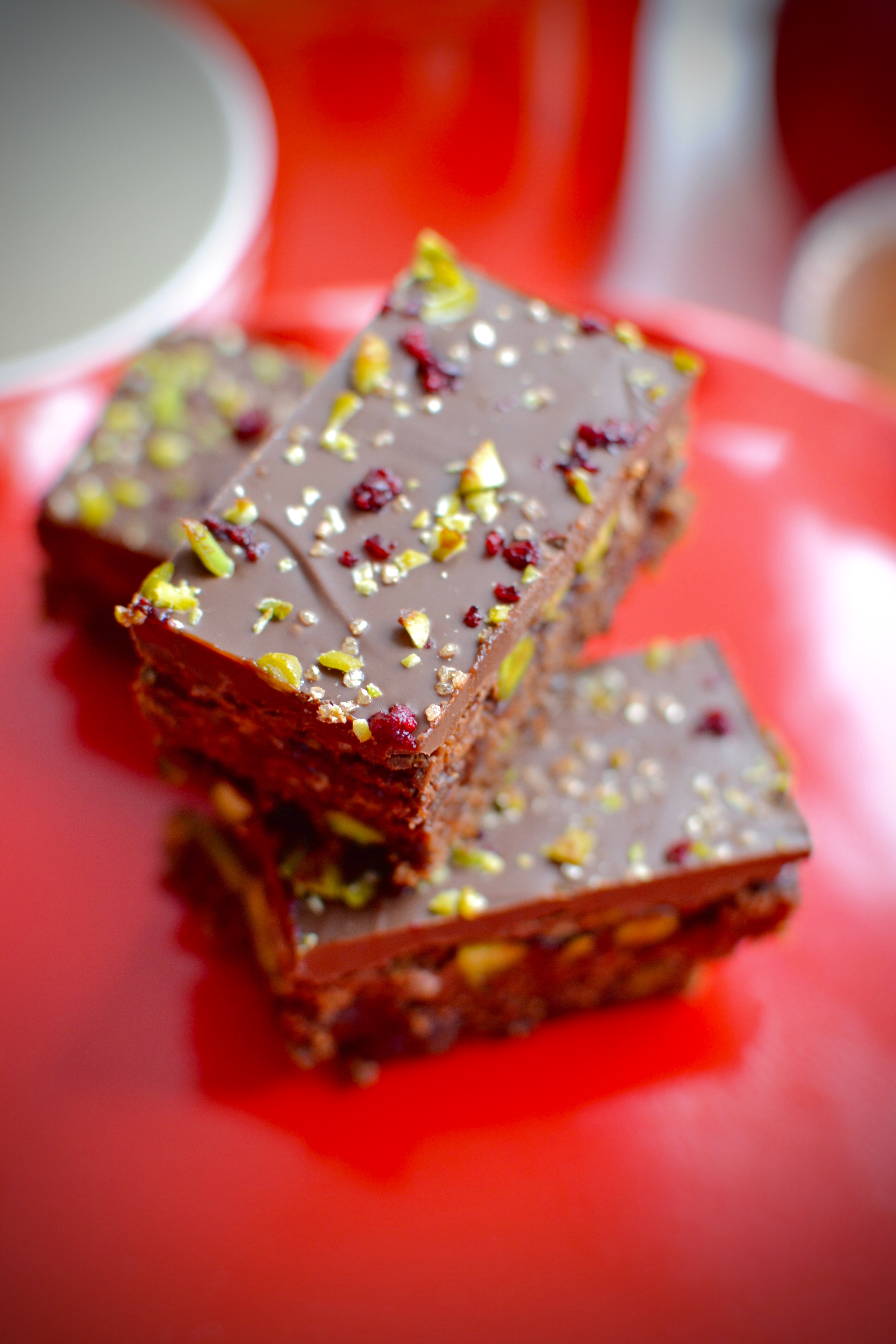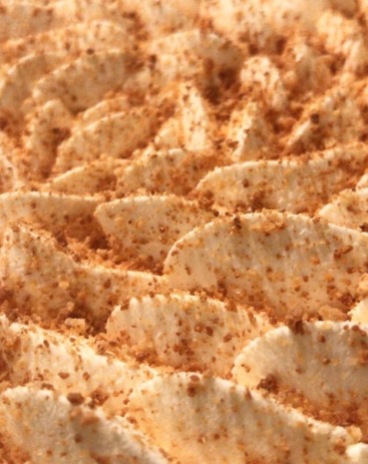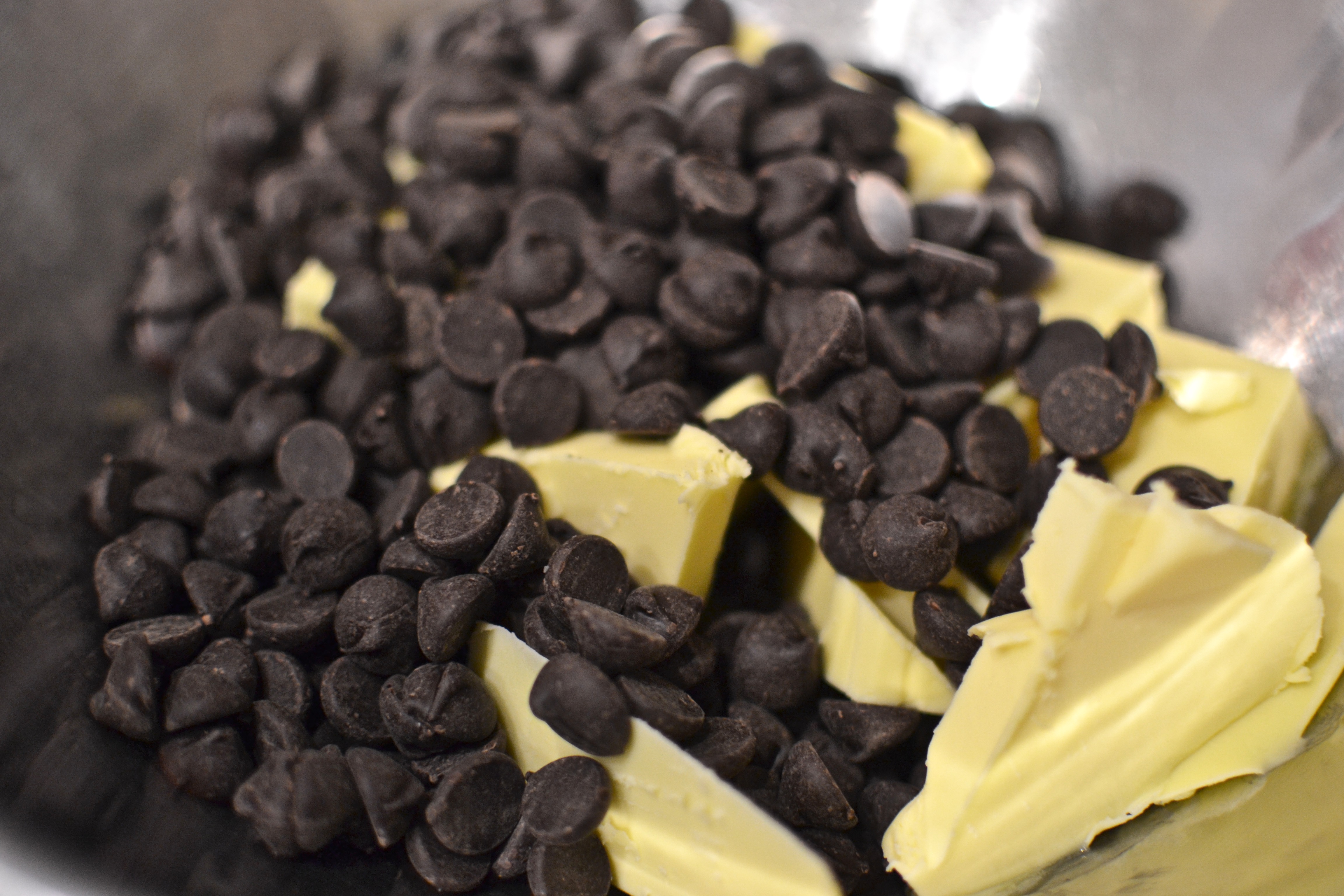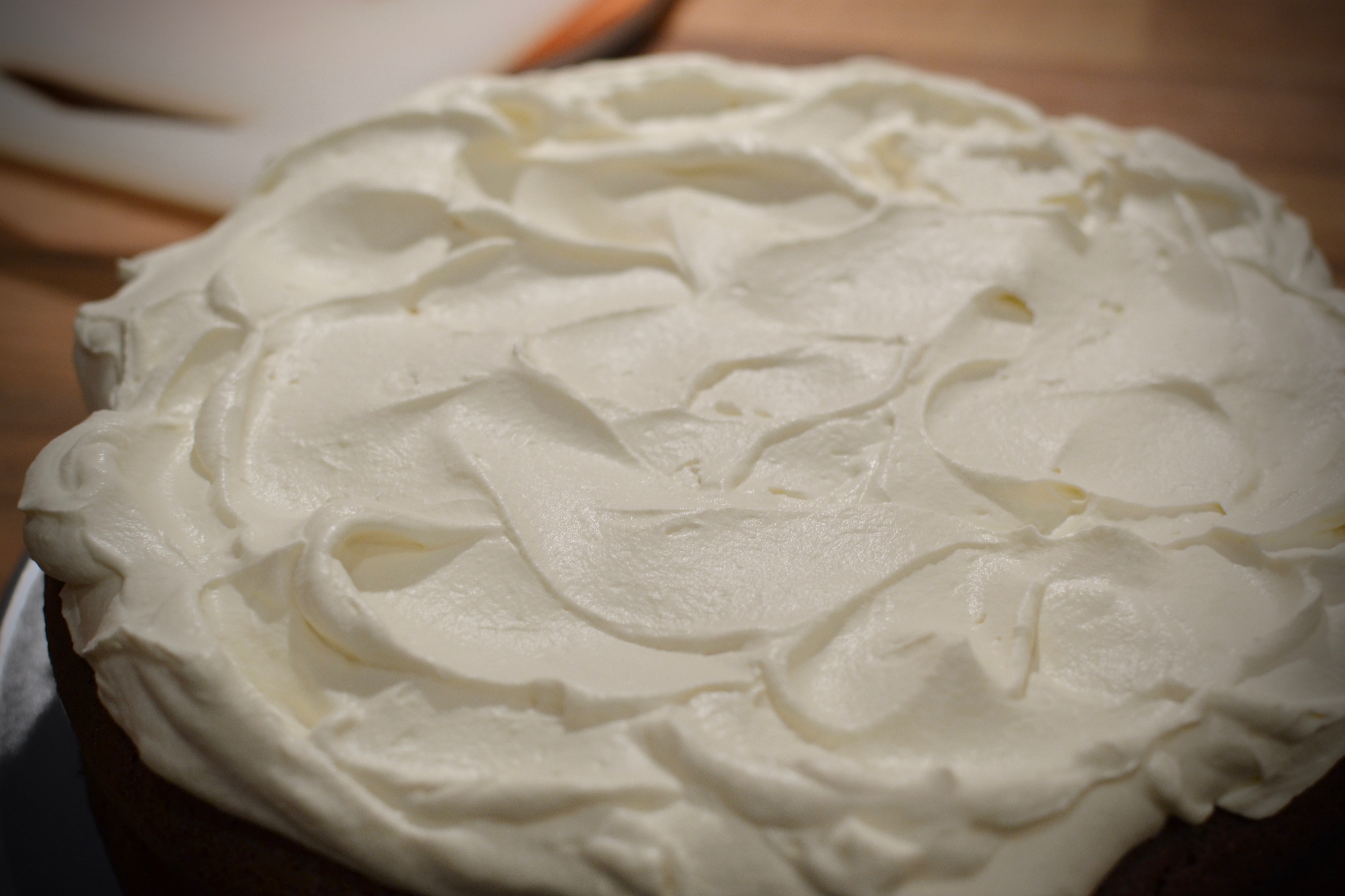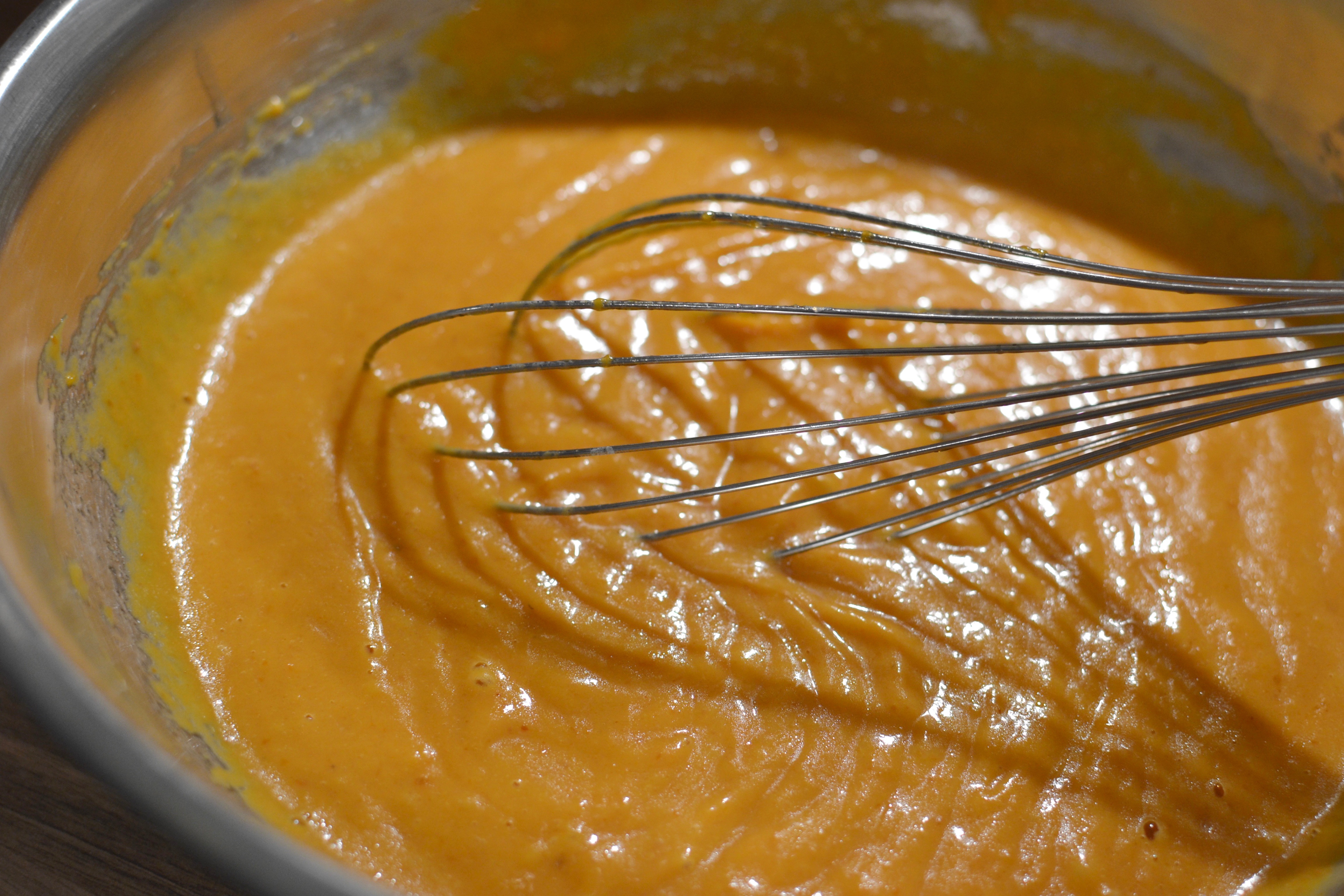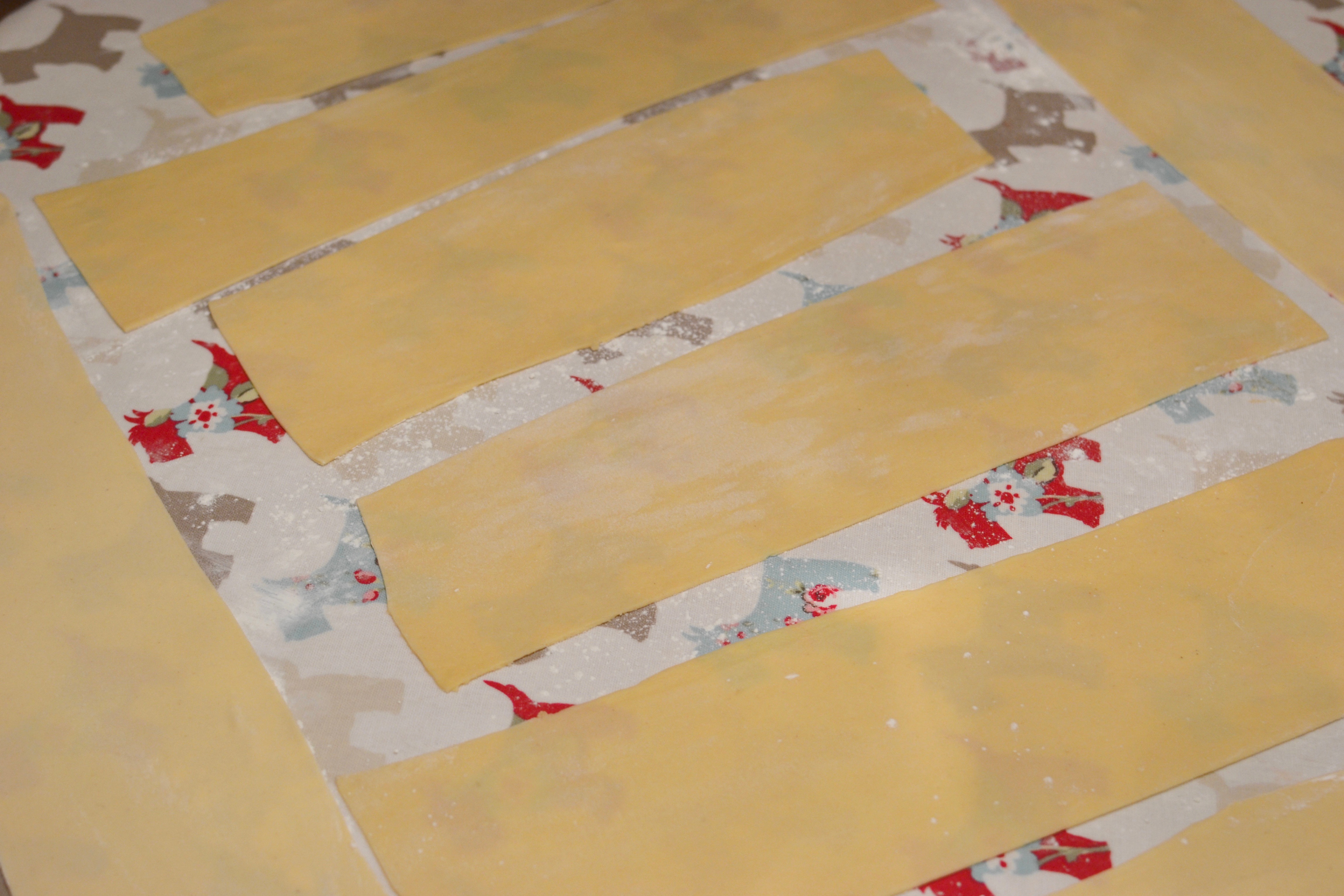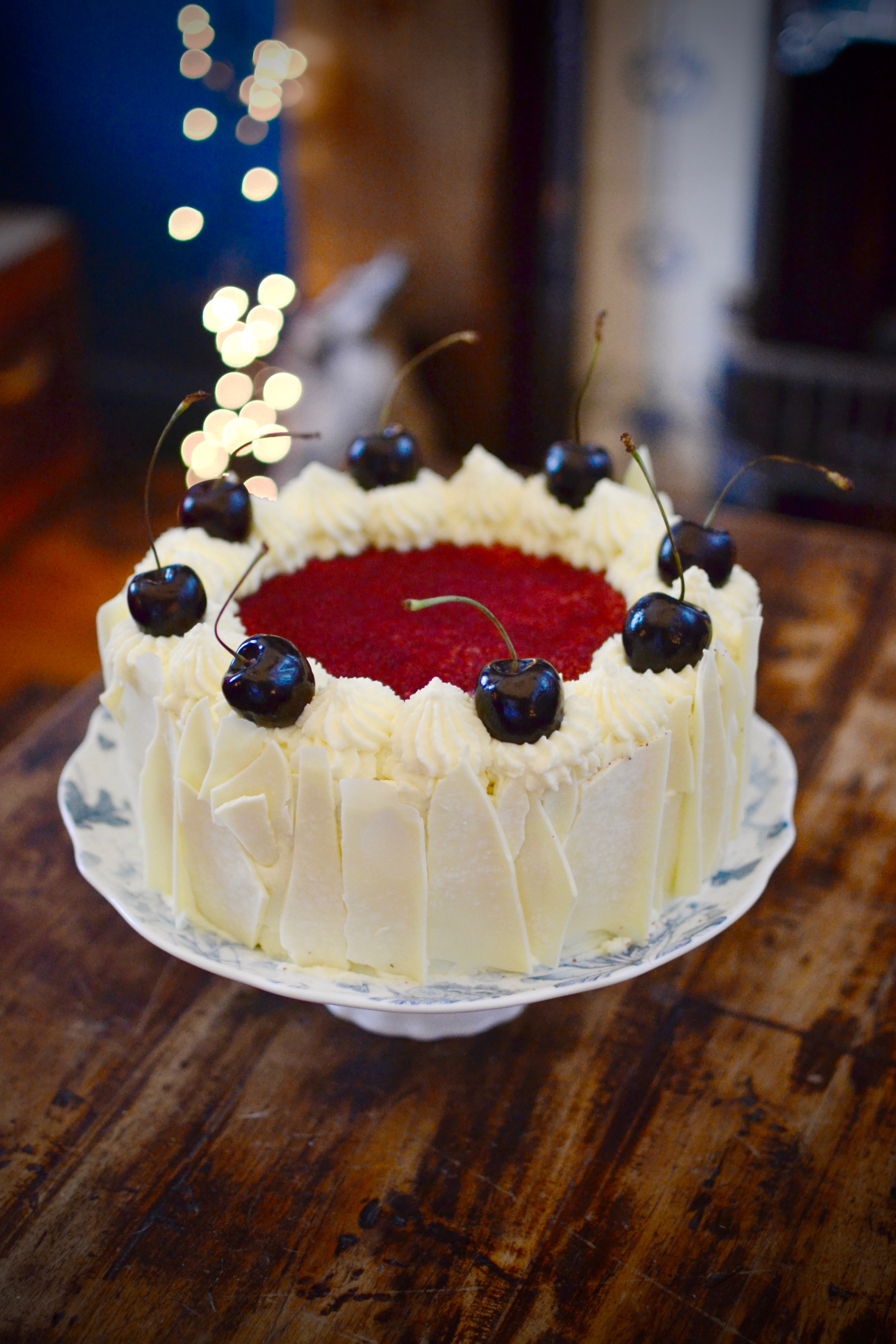
I have dreamt of baking a tart like this for years. I love lemon meringue pie, especially the individual ones made by Cottonrake, my favourite bakery in Glasgow. But I have a passion for rhubarb, especially the bright pink, early forced rhubarb. By the time I got round to making the tart for the blog the forced stuff was all over and giant green and pink stalks were all that the shops (and my garden) had to offer. But no matter…

So this recipe is a pulling together of different recipes to make one finished pie. The pastry is adapted from one handed down to me. The rhubarb curd is from https://vikalinka.com/rhubarb-curd/ and the Italian meringue is simply a staple recipe that I make and is pretty standard. A bonus for me is that here is no egg waste: you need three egg whites for the meringue and three egg yolks for the pastry (and the curd uses whole eggs.)
On the subject of curd, I wasn’t sure whether to make a set rhubarb curd similar in texture to many traditional lemon meringue pies, or to go for a softer, oozy version. I decided that I prefer the texture of the soft set curd, so that is what I went for. It does make cutting the pie a little messy but I don’t mind if you don’t.
And a word about equipment: a digital thermometer will enable you to be very accurate when making the Italian Meringue; and a cook’s blow torch, is not only heaps of fun, but gives more precise results when finishing off the meringue than toasting the finished pie under the grill, and then precariously transferring on to a serving platter or cake stand.
First, the pastry:
Pastry Ingredients
330g plain flour
100g icing sugar
180g butter, cubed
3 medium egg yolks
Splash of cold water.
- Put the flour, icing sugar and cubed butter in a stand mixer and use the paddle attachment on slow for a few minutes until the contents resemble breadcrumbs.
- Add the yolks and start the mixer again, pouring in the water a few drips at a time until it starts to bind together. Stop before you have one big lump of pastry.

- Remove from the mixer, gather together into a ball, flatten and wrap in clingfilm and refrigerate for an hour.

Whilst the pastry is chilling you can make the curd.
Rhubarb curd ingredients
400g rhubarb
3 large eggs
170g cubed butter
3tsp Cornflour
150g Caster
(Depending on how much the rhubarb’s pink colour has been lost in the cooking, or if it’s later rhubarb and ended up quite green like mine did, add a wee drop of pink food colouring paste to help it along. Nobody wants to eat something that looks like pea meringue pie.)
Here is the link to the curd recipe. I haven’t written it out as it’s not my recipe, but listed the ingredients so you can get all the ingredients in.
The curd needs to firm up in the fridge for three to four hours. During this time you can make the pastry case.
The pastry recipe makes enough for two 8″ round tart cases. You can freeze the half quantity that you don’t use if well wrapped, and use within a month.
Roll out half of the chilled pastry and line the case, pricking the base with a fork. I always leave a slight overhang because no matter how much I chill my pastry it always shrinks a bit. Return to the fridge for at least half an hour to firm up again.
Bake blind, in a preheated oven 170°c (fan) for ten minutes, then remove the paper and baking beans/rice/whatever you’ve used to weight it down and bake for another 10-15 mins. The pastry should be dry and golden brown.
Allow it to cool in the tart tin then, with a sharp serrated knife, trim any excess.
Once the curd is firm enough to use, spread it out inside the cooled tart case. I recommend doing this in its final resting place as it may not like being moved once full of curd.
Now for the Italian meringue. You will need a digital thermometer.
Italian Meringue Ingredients
3 egg whites
180g caster sugar
65g water
1/2 teaspoon good vanilla extract
- Put the sugar and water in a pan and warm and gently warm until the sugar dissolves. Try to resist stirring the syrup as this can encourage sugar crystals to form on the sides of the pan.
- Whilst the sugar is dissolving whisk the egg whites slowly to a very soft peak.
- Allow the sugar syrup to reach 120C. This will take a few minutes. When it almost there whisk the egg whites a little more so that they are firmer but not stiff.

- Once the syrup has reached 120C steadily pour in a thin stream to the egg whites whilst still whisking, until all of the syrup is used up. Then keep the whisk going until the meringue and the bowl are cool again. This can take 10-15 minutes.
- Whisk through the vanilla extract.
Now, you can pile the Italian Meringue on to the crust and curd in any way you like. You can pile it up with a spoon or spatula, create hedgehog spikes, or try out various piping techniques like piped roses or shells…the choice is yours.
I went for ruffles so I could have maximum fun with my blow torch, and this is the piping nozzle that I used. In hindsight, I should have made them even more flamboyant!
Whatever you do, have fun, and don’t worry about it too much. Nobody is going to complain once they bite in to that sweet, toasted meringue mixed with unctuous, rhubarby curd and crisp, pastry.
Toast the Italian Meringue with your blow torch, if you have one. Of course, the meringue is already cooked because of the hot sugar syrup, but it looks and tastes so much better toasted.

So, I hope that you have a go at making the tart and enjoy eating it even more. You could make individual tartlets if you fancy, or make the tart a different shape. Embrace the seasonal joy of rhubarb.



















 Jings! It’s been a very long a time since I wrote a blog post. Last year, I got a double dose of shingles and have spent the last few months slowly recovery from the after effects. I have also had to take a break from my baking business, The Stonehouse Bakery. But, recently, I have started to bake for my family and have come up with a recipe using the ‘just in season’ forced rhubarb.
Jings! It’s been a very long a time since I wrote a blog post. Last year, I got a double dose of shingles and have spent the last few months slowly recovery from the after effects. I have also had to take a break from my baking business, The Stonehouse Bakery. But, recently, I have started to bake for my family and have come up with a recipe using the ‘just in season’ forced rhubarb.







